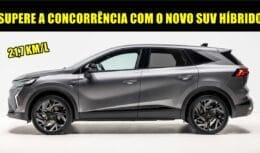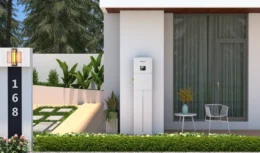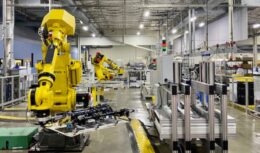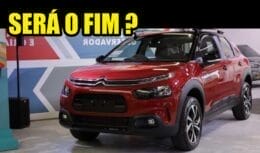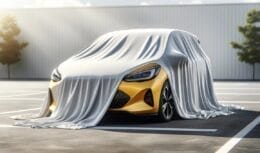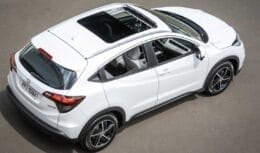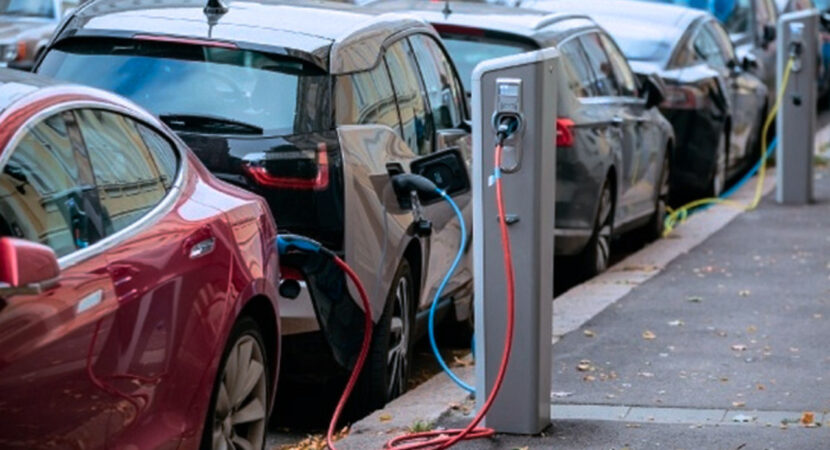
California proposes electric car standard for ridesharing companies like Uber and Lyft
California's quest for a cleaner, greener environment is coming to ride-sharing services like Uber and Lyft. The California Air Resources Board (CARB) issued a draft proposal on Wednesday that calls for nearly all trips on Transit Network Companies (TNC), commonly known as ride-sharing services, to be in electric cars by 2030.
Read also
Electric car use – The future of shared transport
CARB found that in 2018, shared vehicles such as Uber and Lyft accounted for 1% of the state's total emissions from passenger-carrying vehicles that year. That might not sound like much, but cars are the subject of a lot of discussion in California. Passenger vehicles account for one-third of the state's total emissions, ahead of other major emitting sectors such as livestock and power plants.
The move to regulate emissions from shared rides is just part of a larger state effort to control vehicle-generated pollution. In September, Governor Gavin Newsom issued an executive order for all vehicles sold in the state to be electric by 2035, which could reduce the state's overall emissions by 35%.
While companies have in the past promoted ride-sharing options such as Uber Pool as an eco-friendly option, a study last year by Union of Concerned Scientists found that Uber and Lyft rides generated nearly 70% more emissions than the private rides they replaced. The study calculated that a solo trip in a shared car generated an average of 50% more emissions than if the person had used their own car, mainly due to the shared vehicle driving back and forth without passengers between trips.
Uber and Lyft have a driver shortage problem and it's costing them a lot of money
Uber and Lyft have a driver shortage problem. With the number of drivers for both apps down by around 40%, the two companies are committing to spending hundreds of millions of dollars to lure people back into the driver's seat.
Uber announced on Wednesday that it was rolling out a $250 million "stimulus" to drivers in hopes of accelerating their return to the platform.
“In 2020, many drivers stopped driving because they couldn't count on enough trips to make their time worth it,” Dennis Cinelli, vice president of mobility for Uber US and Canada, wrote in a blog post. “In 2021, there will be more passengers requesting rides than there are available drivers to offer – making it a great time to be a driver.”
Electric cars in Brazil
Some time ago, thinking about electric cars in Brazil was imagining something very far from the country's reality, because it is a very new technology and, mainly, because of the high acquisition cost.
Gradually this scenario has been changing and it is already possible to find some of the models powered by electricity circulating through the streets of some Brazilian cities. The price is still well above the value of a car running on gasoline and alcohol, but the idea of sustainability attracts some drivers.





